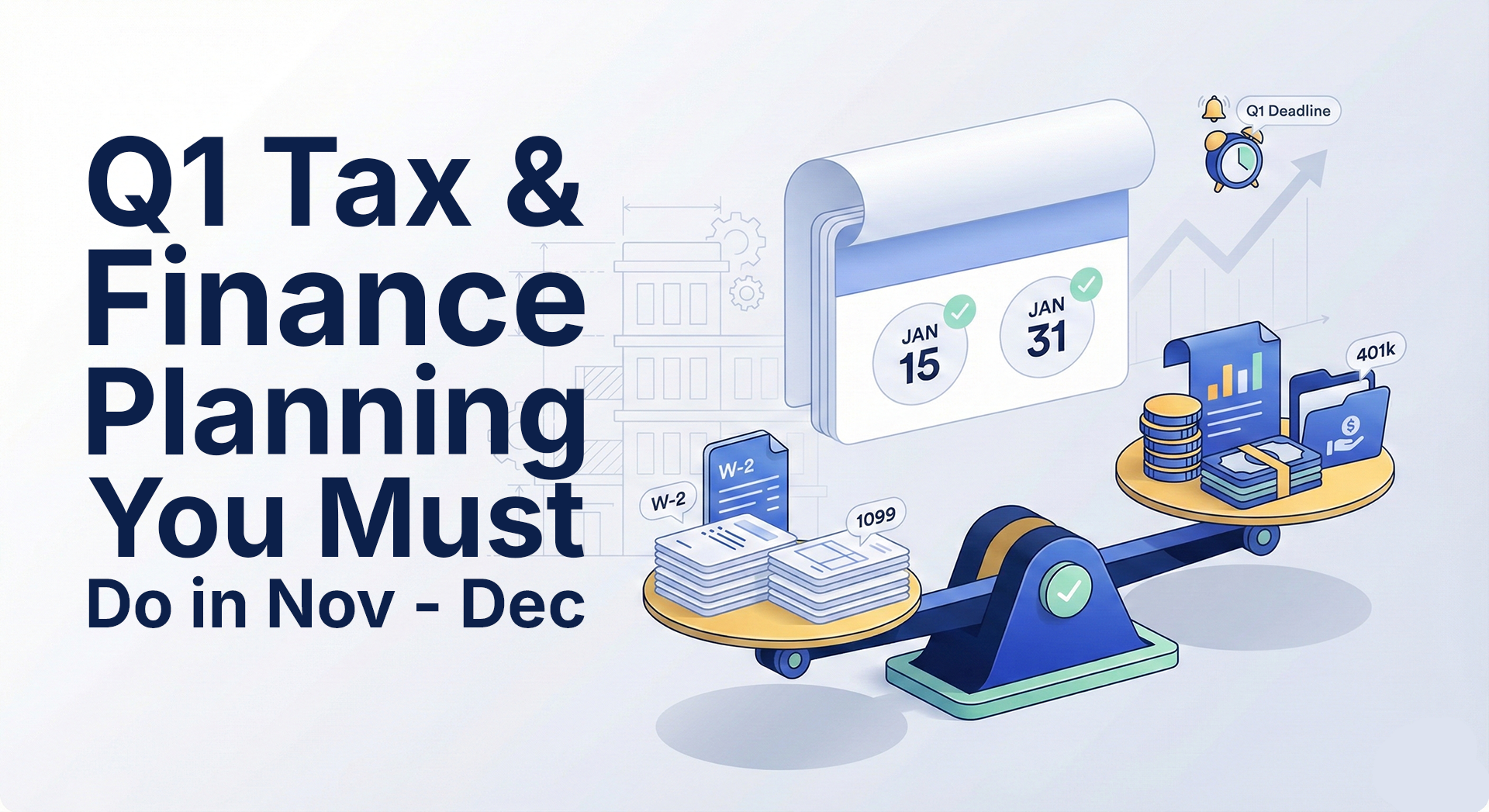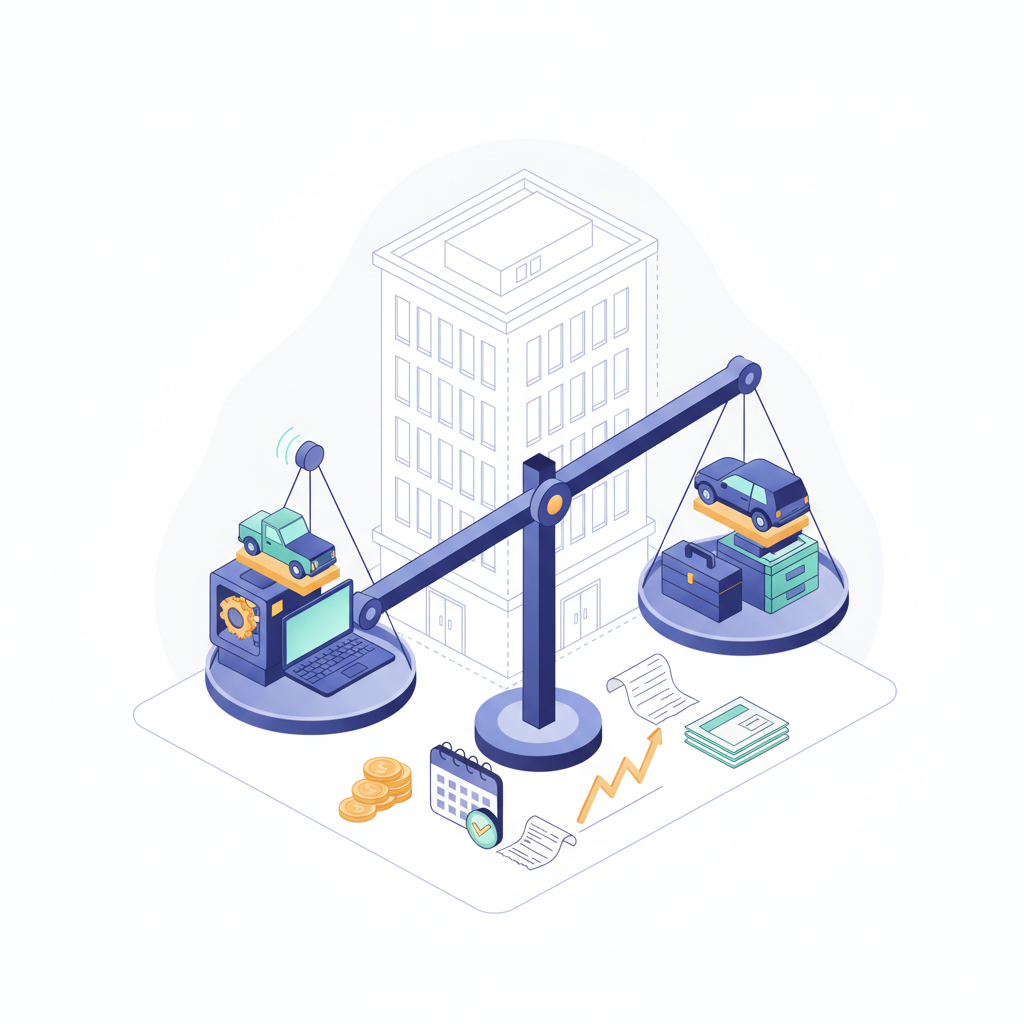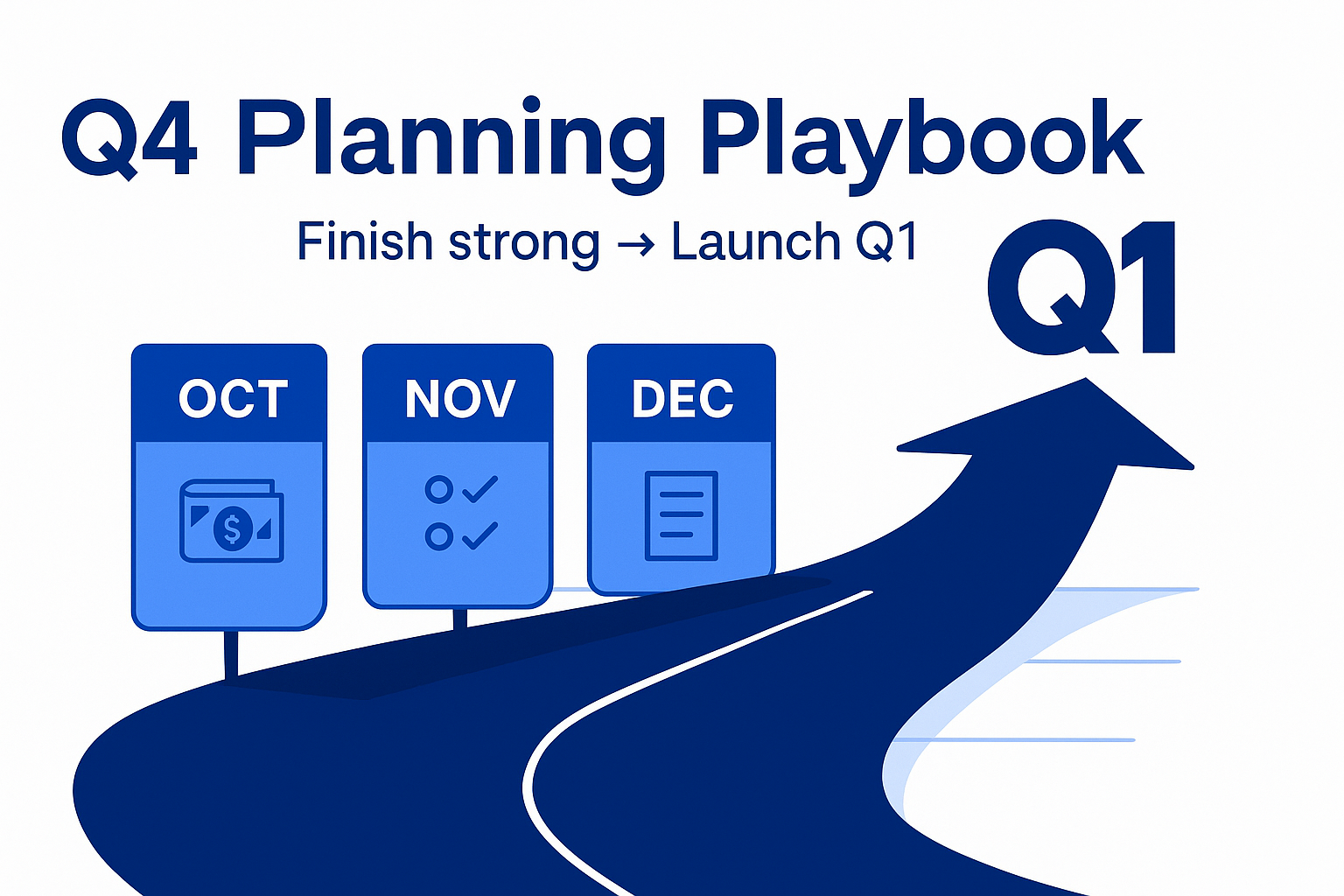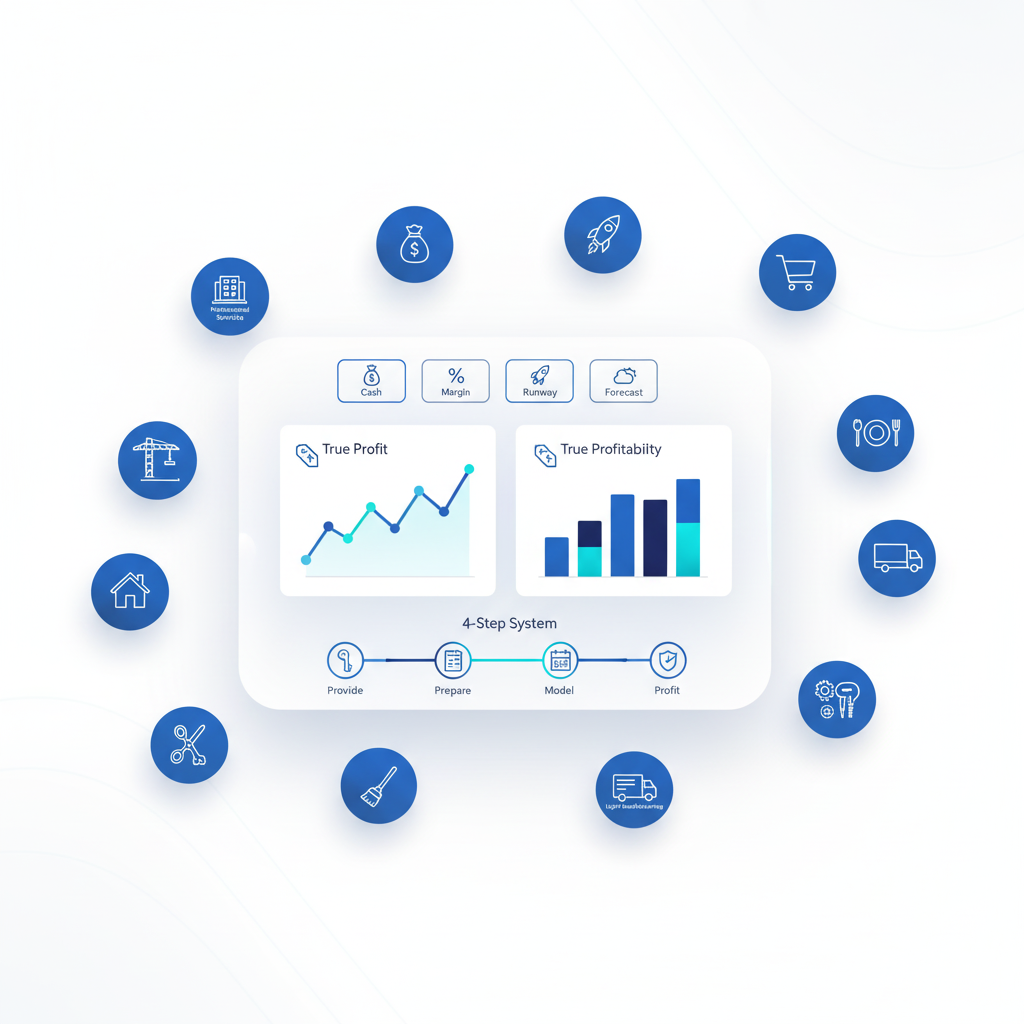
Managing payroll is an essential part of running a small business, but it can feel like a daunting task. It’s not just about paying your employees; it involves understanding various legal requirements and ensuring everything is done accurately. This guide will help you navigate the basics of payroll solutions for SMEs, making the process simpler and more efficient, so you can focus on growing your business without unnecessary headaches.
Key Takeaways
- Payroll is more than just issuing paychecks; it involves tax calculations and compliance with laws.
- Choosing between manual and automated payroll systems can impact accuracy and efficiency.
- Proper employee classification is crucial for tax purposes and benefits.
- Avoid common mistakes like failing to withhold taxes and neglecting record-keeping.
- Efficient payroll management can boost employee satisfaction and save you time.
Defining Payroll for Small Businesses
Payroll isn’t just about paying employees; it’s a system that covers everything from calculating wages to handling taxes and deductions. For small businesses, understanding this definition is the first step. It’s about making sure everyone gets paid correctly and on time, which is way more complex than it sounds. You’ve got to keep accurate records and follow all the legal rules, which can be a real headache.
Key Components of Payroll Management
Payroll management involves several moving parts. Here’s a quick rundown:
- Calculating Gross Pay: Figuring out how much each employee earns before deductions.
- Withholding Taxes: Accurately deducting federal, state, and local taxes. Appointing a Payroll specialist (part- or full-time) can take strain off
- Processing Deductions: Handling things like insurance premiums, retirement contributions, and other voluntary deductions.
- Paying Employees: Distributing wages through checks, direct deposit, or other methods.
- Reporting and Compliance: Filing payroll taxes and other required reports on time.
Getting these components right is super important. Messing up any of them can lead to penalties and unhappy employees.
Importance of Accurate Payroll Processing
Accurate payroll processing is vital for several reasons. First, it keeps your employees happy because they get paid the right amount, on time. Second, it keeps you out of trouble with the IRS and other government agencies. Finally, it gives you a clear picture of your labor costs, which is essential for budgeting and financial planning. Ignoring compliance updates can be a costly mistake.
Setting Up Payroll for Your Small Business
Payroll can feel like a monster under the bed when you’re running a small business. It’s not just about paying people; it’s about compliance, taxes, and keeping everyone happy. Let’s break down how to get your payroll set up right from the start.
Choosing Between Manual and Automated Payroll
Okay, so you’ve got two main paths here: old-school manual payroll or using software. Manual payroll might seem tempting if you’re super small and trying to save every penny. But trust us, as soon as you start growing, it becomes a huge headache. Automated payroll systems can save you time and reduce errors. Think about it: less time crunching numbers, more time actually running your business. Plus, payroll software often handles tax calculations and filings, which is a massive weight off your shoulders.
Registering for Employer Identification Number
First things first, you absolutely need an Employer Identification Number (EIN) from the IRS. It’s like a social security number for your business. You’ll need this to report taxes and pay your employees legally. Getting an EIN is free and pretty straightforward – you can apply online through the IRS website. Don’t skip this step; it’s essential for staying compliant.
Classifying Employees Correctly
This is where things can get tricky. You need to correctly classify your workers as either employees or independent contractors. It’s not just about what you call them; it’s about how much control you have over their work. Misclassifying employees can lead to serious penalties from the IRS and state labor agencies. Here’s a quick rundown:
- Employees: You control what they do and how they do it. You withhold taxes from their paychecks.
- Independent Contractors: They have more control over their work and are responsible for paying their own self-employment taxes.
- Part-time: They work less hours than full-time employees, but are still considered employees.
Getting this right is super important. If you’re unsure, book a call with our Payroll specialists to classify your staff correctly. It’s better to be safe than sorry when it comes to employee classification.
Selecting the Right Payroll System
Choosing the correct payroll system is a big deal for small businesses. It’s not just about paying people; it’s about staying compliant, keeping employees happy, and saving yourself a ton of headaches down the road. There are a few different ways to handle payroll, and what works best really depends on your specific needs and budget.
In-House Payroll vs. Outsourced Services
Okay, so you’ve got two main options here: keep payroll in-house or outsource it. In-house means you or someone on your team is responsible for everything – calculating wages, withholding taxes, printing checks, and filing all those lovely government forms. This can work if you have a small number of employees and someone who’s really detail-oriented. Outsourcing, on the other hand, means you hire a company to handle all of that for you. This can be a lifesaver if you’re not a payroll expert or if you just don’t want to deal with the hassle.
Evaluating Payroll Software Options
If you decide to keep payroll in-house, you’ll probably want to use payroll software. There are tons of options out there, from basic programs to more advanced systems that integrate with your accounting software. When you’re looking at different software, think about what features you really need. Do you need direct deposit? Tax filing support? Employee self-service portals? Make a list of your must-haves and then compare different programs to see which one fits the bill. Also, don’t forget to check out user reviews to see what other small business owners think of the software.
Cost Considerations for Payroll Solutions
Cost is always a factor, right? With in-house payroll, you’ll need to factor in the cost of the software, as well as the time your employee spends on payroll tasks. With outsourced payroll, you’ll pay a monthly or per-payroll fee. It’s important to get quotes from a few different providers so you can compare prices. Also, be sure to ask about any hidden fees or extra charges. Sometimes the cheapest option isn’t always the best if it doesn’t include all the features you need.
Choosing a payroll system is a long-term decision. It’s worth taking the time to research your options and find a system that will work well for your business for years to come. Don’t be afraid to ask for demos or free trials so you can test out different systems before you commit.
Common Payroll Mistakes to Avoid
Payroll can be tricky, and messing it up can lead to some serious headaches. It’s not just about paying people; it’s about staying compliant and keeping your employees happy. Here’s a rundown of common mistakes and how to dodge them.
Failing to Withhold Taxes Properly
Tax withholding is a big deal. Mess this up, and you’re looking at penalties and unhappy employees. It’s super important to get those tax rates right and keep employee info current. If someone changes their marital status or has a new dependent, you need to update their withholding. Double-check everything regularly, and maybe even triple-check it. Using payroll software can help automate this, but you still need to make sure the info going in is correct. It’s also a good idea to stay updated on any changes to tax laws, because they can change frequently.
Neglecting Record Keeping Requirements
Record keeping might sound boring, but it’s essential. You need to keep detailed records of everything related to payroll, including:
- Gross pay, net pay, and deductions. This includes things like taxes, insurance, and retirement contributions.
- Employee personal details, like their name, address, and social security number.
- Tax forms and reports you’ve submitted.
Keep these records organized and accessible. HMRC requires businesses to keep payroll records for at least three years. Digital records are great, but make sure they’re backed up. If you ever get audited, having good records will save you a lot of stress.
Ignoring Compliance Updates
Payroll laws and regulations are always changing. What was okay last year might not be okay this year. You need to stay on top of these changes to avoid penalties. This means:
- Following updates from the IRS and your state’s tax agency.
- Attending webinars or workshops on payroll compliance.
- Subscribing to newsletters or blogs that cover payroll news.
It might seem like a lot of work, but it’s worth it to avoid costly mistakes. If you’re not sure about something, it’s always best to consult with a payroll professional.
Benefits of Efficient Payroll Management
Enhancing Employee Satisfaction
Let’s be real, nobody likes getting paid late or incorrectly. Efficient payroll management ensures employees are paid accurately and on time, which is a huge factor in keeping them happy. When people know they can rely on their paycheck, it builds trust and boosts morale. It’s a simple thing, but it makes a big difference. Plus, happy employees are usually more productive. It’s a win-win. Think about it – would you be thrilled if your paycheck was always a mess? Probably not. Using payroll software can help avoid these issues.
Ensuring Legal Compliance
Payroll isn’t just about paying people; it’s also about following the law. There are a ton of regulations and tax rules that businesses need to comply with, and they can be a real headache. Efficient payroll management helps you stay on top of all that. This means correctly withholding taxes, paying on time, and filing all the necessary paperwork. Messing this up can lead to penalties, fines, and even legal trouble. Nobody wants that. It’s way better to get it right the first time. Here’s a quick rundown of what’s involved:
- Accurate tax withholding
- Timely tax payments
- Proper record-keeping
Staying compliant with payroll laws is not optional; it’s a must. Ignoring these rules can have serious consequences for your business. Make sure you’re up-to-date on all the latest regulations.
Saving Time and Reducing Errors
Manual payroll processes can be incredibly time-consuming and prone to errors. Think about all the calculations, paperwork, and data entry involved. It’s easy to make mistakes, and those mistakes can be costly. Efficient payroll management, especially with automated systems, can save you a ton of time and reduce the risk of errors. This frees you up to focus on other important aspects of your business. Plus, fewer errors mean fewer headaches and less time spent fixing problems. It’s a no-brainer, really. Outsourcing payroll can also help with this.
Here’s a simple comparison:
| Task | Manual Payroll | Efficient Payroll Management |
| Time Spent | High | Low |
| Error Rate | High | Low |
| Compliance Risk | High | Low |
Integrating Payroll with Other Business Functions
It’s easy to think of payroll as its own thing, but it really works best when it’s connected to other parts of your business. When payroll talks to your accounting, HR, and other systems, things run much smoother. Let’s look at how to make that happen.
Linking Payroll with Accounting Systems
Getting your payroll and accounting systems to work together is a smart move. It cuts down on mistakes and saves a ton of time. Instead of manually entering payroll data into your accounting software, the systems can share information automatically. This means your financial reports are more accurate and up-to-date. Think about it: no more double entries or trying to reconcile numbers that just don’t match. You can easily track labor costs, payroll taxes, and other expenses directly in your accounting system. This integration also simplifies things like budgeting and forecasting.
Streamlining HR Processes
Payroll and HR go hand in hand. When these two are connected, managing employee information becomes way easier. For example, when you hire a new employee, you only need to enter their details once, and it automatically updates in both systems. This includes things like salary, benefits, and tax information. Similarly, when an employee leaves, the system automatically updates to stop payments and handle any final payouts. This not only saves time but also reduces the risk of errors. Plus, with integrated systems, you can easily track employee time off, attendance, and performance, all in one place. This makes it easier to manage your workforce and ensure everyone is paid correctly and on time. A good payroll system handles all the individual legal information and other administrative tasks related to salary management of a small business. Payroll integration involves linking various software applications and systems that manage different elements of compensation administration, streamlining processes and improving efficiency in payroll management.
Improving Financial Reporting Accuracy
Accurate financial reporting is super important for any business. When your payroll is integrated with your accounting and other systems, you get a much clearer picture of your company’s financial health. You can generate reports that show exactly how much you’re spending on labor, taxes, and benefits. This information is essential for making informed business decisions. For example, if you’re thinking about hiring more staff, you can use these reports to see how it will impact your bottom line. Integrated systems also make it easier to comply with financial regulations and prepare for audits. You’ll have all the data you need at your fingertips, making the whole process much less stressful.
Integrating payroll with other business functions isn’t just about saving time; it’s about making smarter decisions and running your business more efficiently. It’s an investment that pays off in the long run by reducing errors, improving accuracy, and giving you a better understanding of your company’s finances.
Here’s a quick look at the benefits of integrating payroll:
- e’s a quick look at the benefits of integrating payroll:
- Reduced data entry errors
- Improved accuracy of financial reports
- Streamlined HR processes
- Better compliance with regulations
- More informed business decisions
Future Trends in Payroll Solutions for SMEs
Adoption of Cloud-Based Payroll Systems
Cloud-based payroll systems are becoming increasingly popular among small and medium-sized enterprises (SMEs). This shift offers numerous advantages, including enhanced accessibility, scalability, and cost-effectiveness. Cloud solutions allow businesses to manage payroll from anywhere with an internet connection, making it easier to adapt to remote work environments. They also provide automatic updates, ensuring compliance with the latest tax regulations. The adoption of cloud-based systems is expected to continue growing as more businesses recognize these benefits.
Impact of AI and Automation
Artificial intelligence (AI) and automation are poised to revolutionize payroll processing. AI-powered systems can automate tasks such as data entry, tax calculations, and report generation, reducing the risk of human error and freeing up payroll staff to focus on more strategic activities. Chatbots can also provide instant support to employees with payroll-related questions. The integration of AI and automation is expected to streamline payroll processes, improve accuracy, and reduce costs for SMEs.
Emerging Compliance Technologies
Staying compliant with ever-changing payroll regulations is a major challenge for small businesses. Emerging compliance technologies are designed to help SMEs navigate this complex landscape. These technologies include automated tax filing systems, real-time compliance monitoring tools, and AI-powered solutions that can identify potential compliance issues before they become problems. Investing in these technologies can help SMEs avoid costly penalties and ensure they are always in compliance with the latest regulations.
The future of payroll solutions for SMEs is looking bright. With the rise of cloud-based systems, AI, automation, and emerging compliance technologies, small businesses can streamline their payroll processes, reduce costs, and stay compliant with ease.
So there you have it! Managing payroll doesn’t have to be a headache. With the right tools and a bit of know-how, you can keep things running smoothly. Remember, it’s all about getting the basics right—paying your employees on time, keeping track of taxes, and staying compliant with the law. Sure, it might feel a bit overwhelming at first, but take it step by step. Whether you choose to handle it yourself or bring in some help, just make sure you stay organized. Your employees will appreciate it, and you’ll save yourself a lot of stress in the long run. Good luck with your payroll journey!
Book a call to find out how Clever Profits can help you with your payroll and compensation compliance.
Frequently Asked Questions About Payroll Solutions for SMEs
What is payroll for small businesses?
Payroll is the process of paying employees for their work. It includes calculating how much they earn, taking out taxes, and making sure all payments are correct and legal.
How do I set up payroll for my small business?
To set up payroll, you need to decide if you want to do it by hand, use software, or hire someone else to do it. You’ll also need to get an employer identification number and classify your employees correctly.
Should I do payroll myself or hire someone?
Doing payroll yourself can save money, but it takes time and can lead to mistakes. Hiring someone can be easier and help you avoid errors, but it may cost more.
What are common mistakes in payroll?
Common mistakes include not taking out enough taxes, not keeping good records, and not staying updated on payroll laws. These can lead to problems for your business.
What are the benefits of good payroll management?
Good payroll management helps keep employees happy, ensures you follow the law, and saves time. It also reduces mistakes that can cost money.
What are the latest trends in payroll solutions?
New trends include using cloud-based payroll systems, automation to make processes easier, and new technologies to help with compliance.
The Clever Writing Team
The CleverProfits writing team includes various team members in Advisory, Financial Strategy, Tax, and Leadership. Our goal is to provide relevant and easy-to-understand financial content to help founders and business leaders reach their true potential.
